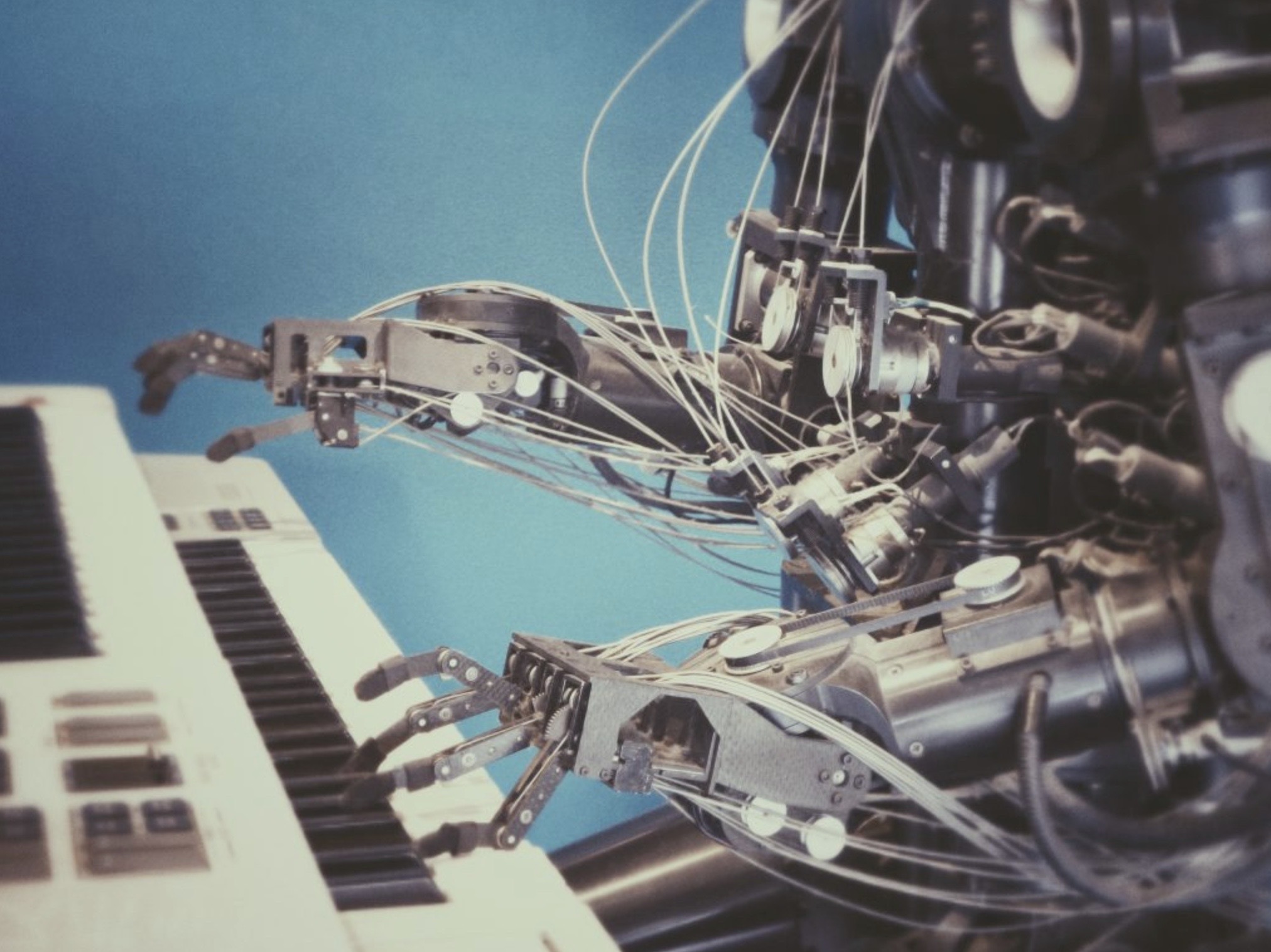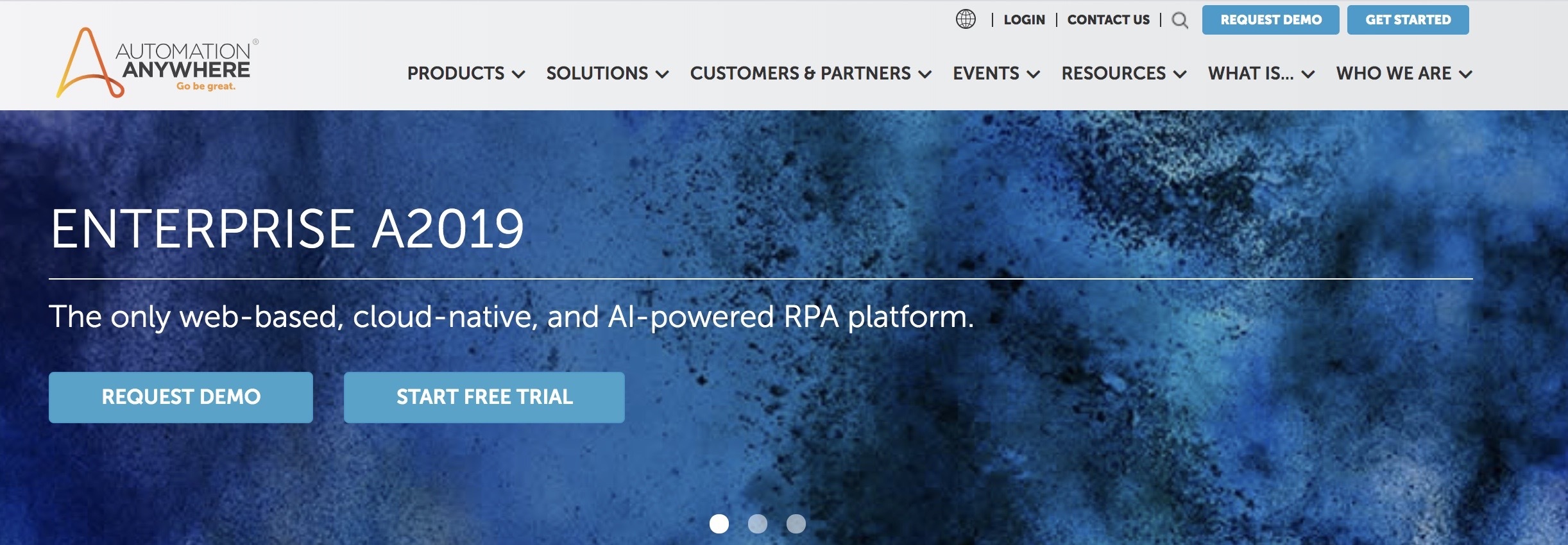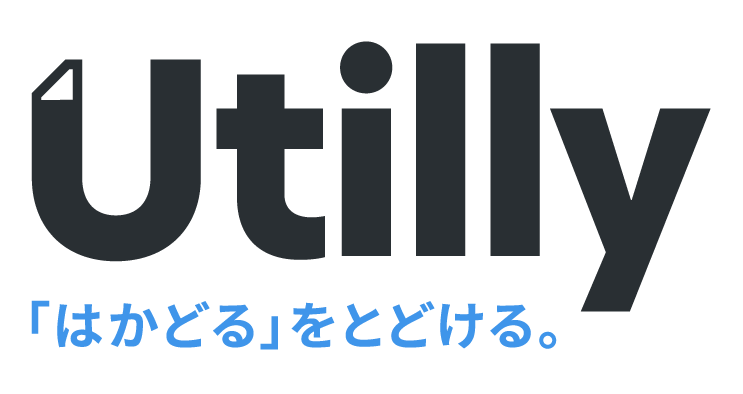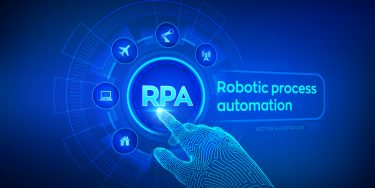This post is also available in: 日本語
What Is RPA?

In this article, we will discuss RPA, which is gaining popularity. RPA stands for Robotic Process Automation and refers to the overall concept and approach of automating back-office and other business operations with robots. For example, there are advantages such as increasing productivity by automating tasks that people have done up to now, from accounting and management tasks to miscellaneous tasks. RPAs have a wide range of solutions. RPAs can solve a very broad set of business processes. It is particularly effective for operations with established operations and repetitive operations.
- personnel affairs
- accounting business
- general affairs
- information systems business
- general affairs
- sales management
- expense processing
Three phases of the RPA
There are generally three phases to RPA. Class 1 = RPA, Class 2 = EPA, and Class 3 = CA, respectively. I will explain briefly.
Class 1 – RPA (Robotic Process Automation)
The phase of class1 is called RPA. The RPA addresses simple tasks such as performing routine tasks properly or having external application coordination. For example, this refers to the phases of back-office operations such as claim management, accounting processing, and payroll transfers.
Class 2: EPA (Enhanced Process Automation)
class2 is called EPA. The keyword for EPA is optimization. For example, you can collect and analyze large amounts of data. Specifically, it is used for business processes that automate and optimize analysis based on multiple data, such as log analysis, sales simulation, and optimization of individual indicators.
Class 3: CA (Cognitive Automation)
The final phase is the Class 3 CA. The CA keyword is autonomy. In the CA phase, the business process itself becomes a solution with autonomous judgment. This phase overlaps with the concept of AI. Automation from business process analysis to decision making for improvement. There are also RPAs that support deep learning.
The Difference Of RPA and AI

Let’s take a look at the differences between RPA and AI (Artificial Intelligence).
This is primarily the Class 3 phase of the RPA above.
Why the RPA Market is Booming
So why is the RPA market booming? I will briefly explain the social background.
Work style reforms promoted by the Japanese government
The first is the government’s work style reform. The reform of working styles refers to the updating of working styles themselves in order to cope with various problems, such as the declining birthrate and aging population, the increasing number of long working hours, and the resulting decline in productivity. RPA is expected to improve work efficiency and improve individual productivity.
Changes in the data environment
The spread of the Internet and its further sophistication have led to an explosive increase in data volume. This increase in data volume has directly contributed to the optimization and standardization of operations. In addition, management decision making using data and improvement of operations in the field have become more common, and we can say that the RPA has become accepted.
RPA Benefits
Let’s quickly summarize the pros and cons of implementing an RPA. First, let’s look at the benefits of implementing an RPA.
Stabilize quality and increase operational speed
By having programs do the work that people did, it leads to the homogenization of quality. It has the advantage of homogenizing the uneven output due to the skills and concentration of the workers. Also, it is generally difficult for humans to work 24 hours straight, but robots can do the same work 24 hours a day, 365 days a year, as long as they have the infrastructure.
Cost savings
By allowing the robot to perform the simple tasks that humans do (and 365 x 24 solution), we can save on labor costs, and we can have our employees do other tasks. This results in a reduction in personnel costs.
Disadvantages of the RPA
While there are advantages, there are disadvantages to RPA.
Burden of building operations
A new operation must be built as a resource to contain the operations of the RPA. For example, a second line must be added to the existing operation to successfully integrate the RPA. Also, if an existing operation cannot be standardized, it is necessary to standardize the existing operation first.
Penetration resource
Introducing an RPA means introducing a new operation. Efforts and resources are needed to gain the understanding of all team members involved and to instill RPA work. There is a risk of organizational disruption, especially if it does not penetrate well early in deployment.
RPA Deployment Flow
Now let’s look at the RPA implementation flow.
Organizing objectives
Define what challenges and outcomes you want RPA to address. Because RPA is a tool, there is a higher probability that a long project will be difficult if there is no purpose or if there is a deviation.
Organizing existing business processes
Organize existing business processes. You need to standardize your existing operations and define “condition that anyone can do”. It is difficult in this phase for the robot to do well, so it is impossible to design without definition.
Trial implementation (= POC)
Trial implementation. Also known as POC (Proof Of Concept). It is important to start with a limited and small impact on existing operations. During the trial introduction phase, we will improve the process by eliminating small issues.
Introduction
Once we achieve a certain level of success with POC, we will start full-scale implementation. We will replace the existing business here. This implementation needs to be refined while tuning the operation.
Introduce Main RPA tools
Here are the main RPA tools:.
blue prism

Blue prism is based in the UK, a leader in RPA with over 1,600 companies worldwide. The connected-RPA platform, which integrates and manages each solution, has a strong presence in the enterprise RPA market.
Automation Anywhere

Automation Anywhere is also an RPA company in the UK with a track record of 1,600 companies in over 90 countries globally. In Japan, Hitachi Solutions provides solutions as an agency.
Lastly
Do you have a general idea of what the RPA is like these days? We would appreciate it if you could catch up with the outline of the RPA because the improvement of business processes by the RPA will have a direct impact on the way of working reform promoted by the government.
Utilities offers a number of services and tools to help you improve your personal productivity. Please read the following articles if you like.





